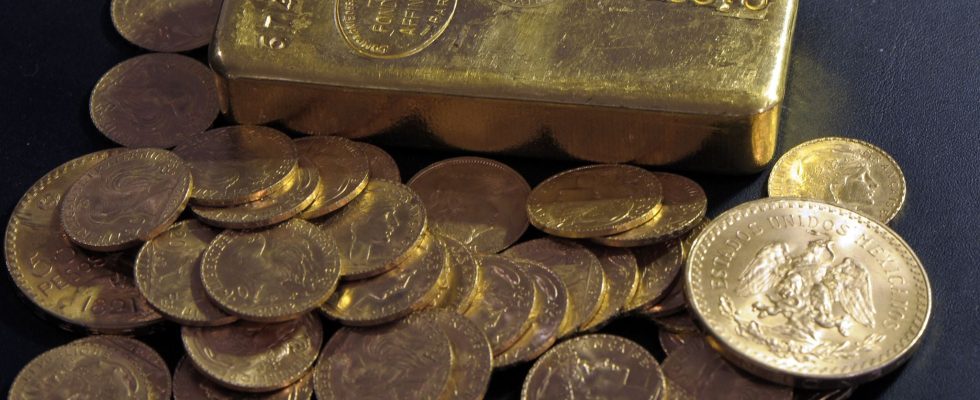At more than $2,150 per ounce, the yellow metal recorded a gain of 14% over one year, and broke new historic records. The 1 kilo ingot sells for more than 62,000 euros and the 20 franc Napoleon at 374 euros. Some individuals are taking advantage of the surge in prices to sell their coins and bars. It is still necessary to take into account the tax impact of the operation, which is far from negligible.
Two regimes coexist. Savers able to prove the date and price of acquisition of their gold can opt for capital gains tax. The proof can be a purchase invoice or an inheritance certificate, for example. The tax then amounts to 36.2% – 19% tax and 17.2% social security contributions – on the gain made. But this capital gain is subject to a reduction of 5% per year from the second year of ownership, which therefore corresponds to an exemption after twenty-two years.
If the saver cannot justify their purchase, the precious metals tax of 11.5% applies. It is calculated not on the capital gain but on the amount of the transfer. In other words, at the current market price, you will have to pay around 7,100 euros on the sale of a bar, whether the saver generates a capital gain or a capital loss. For the operation to be profitable once taxes are taken into account, you must have purchased your bar for less than 54,900 euros. Many sites, such as Bdor, Comptoir national de l’or or Joubert change allow you to compare the two tax regimes to choose the most advantageous.
